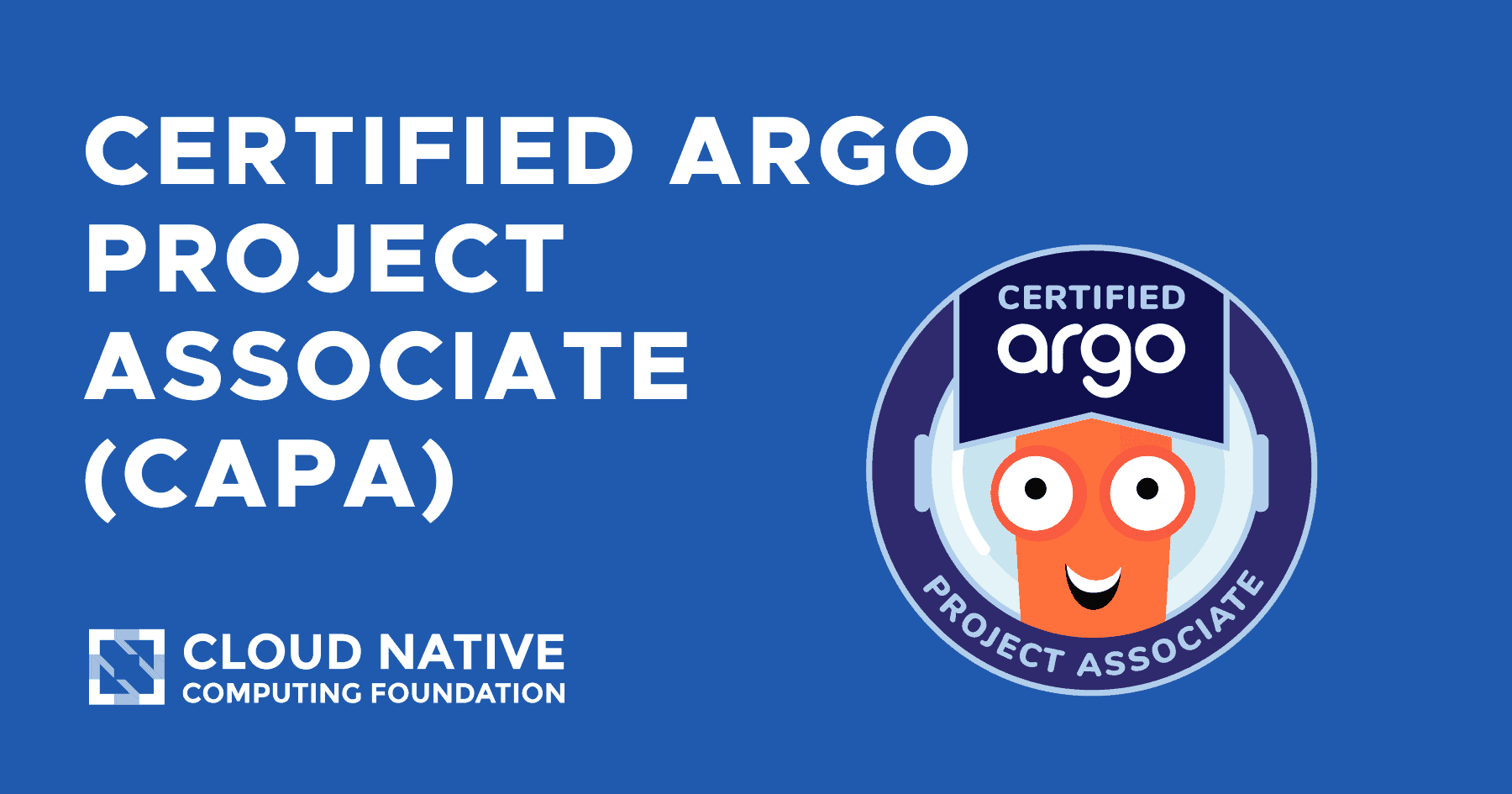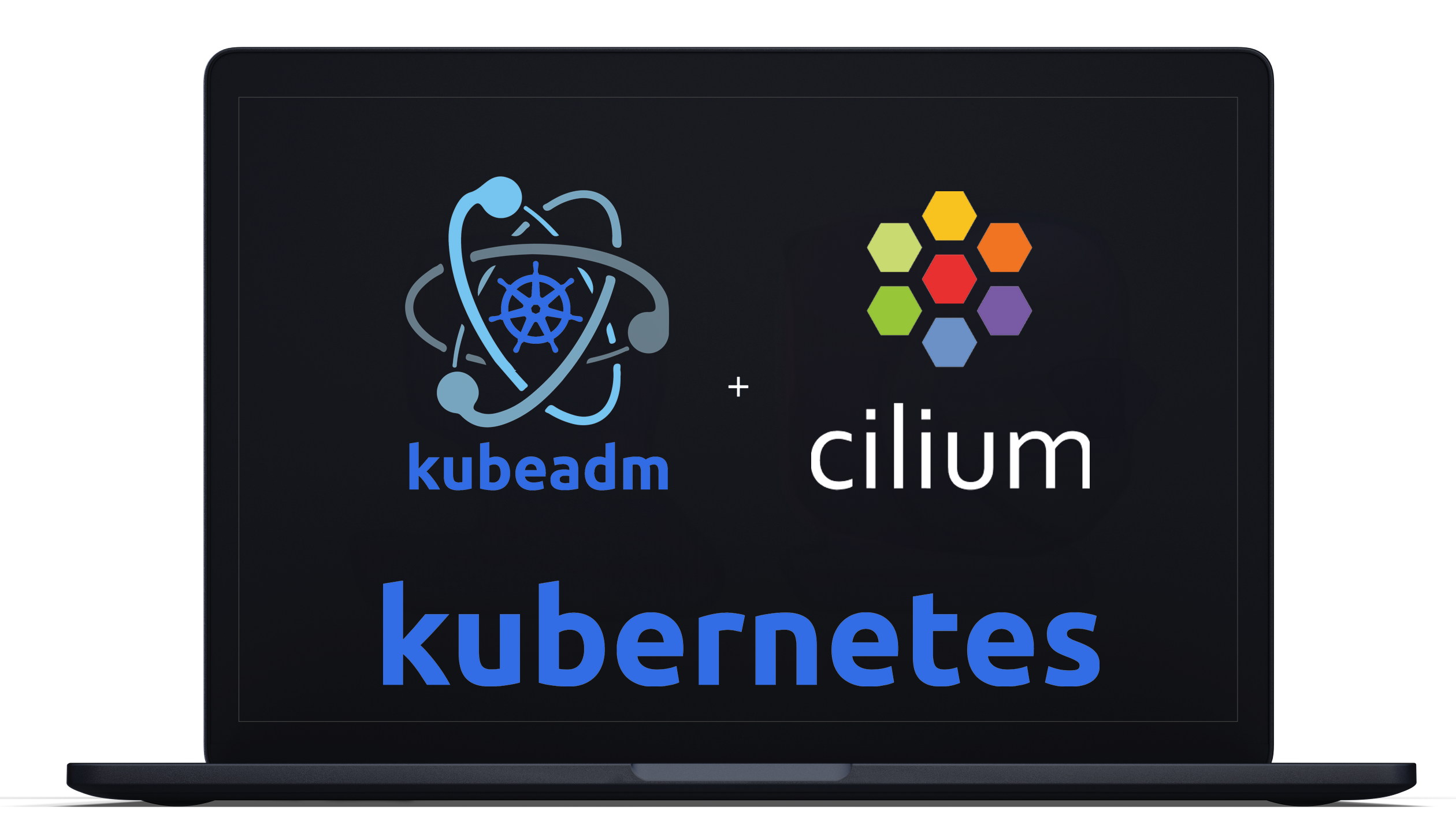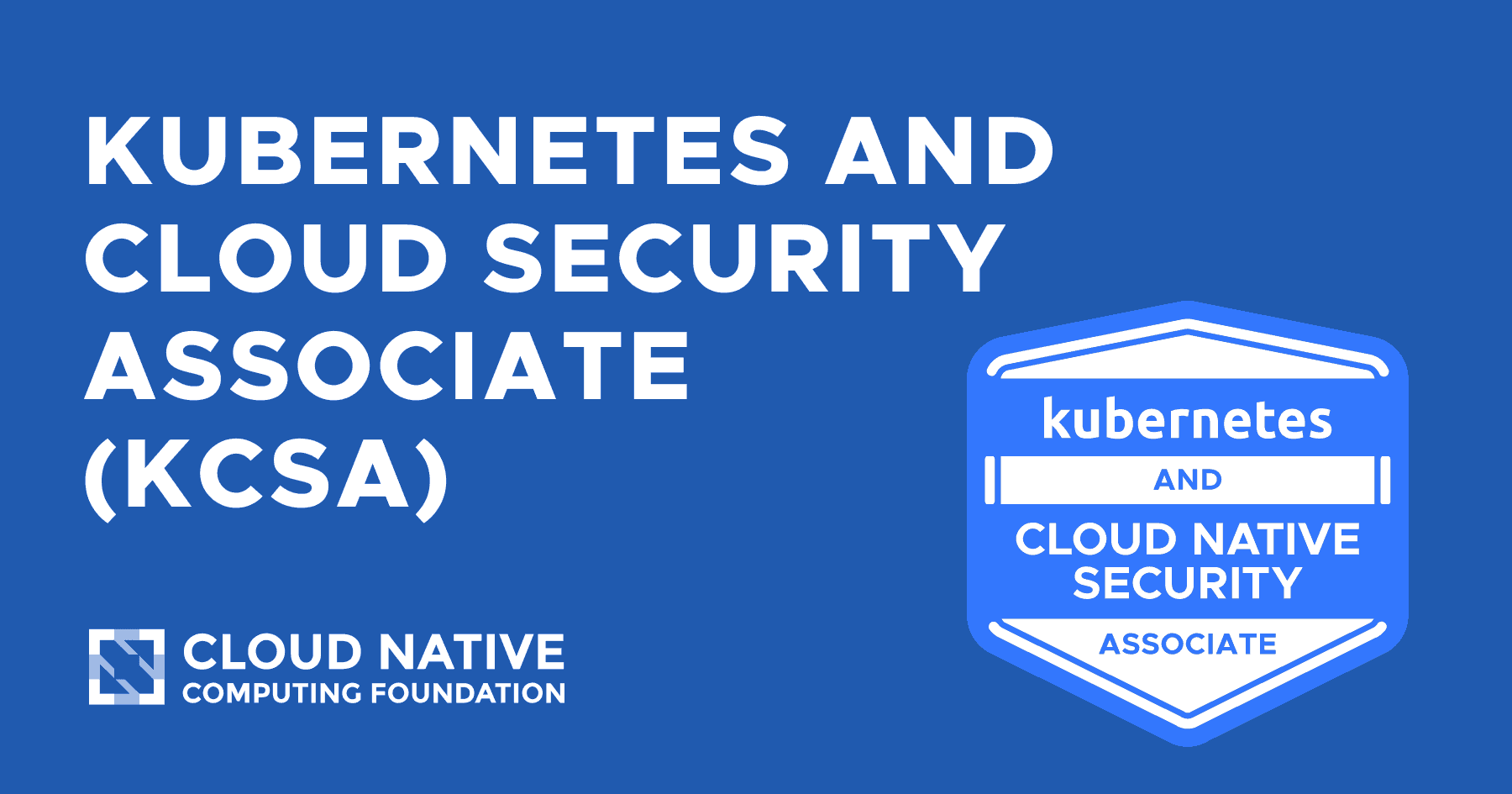Certified Argo Project Associate (CAPA) Exam Study Guide
I recently passed the Certified Argo Project Associate (CAPA) exam and wanted to share a study guide to help you prepare for the exam. If you are not already aware, the Cloud Native Computing Foundation (CNCF) offers a suite of certifications that validate your knowledge and expertise in cloud-native technologies, with Argo being one of them.
The CAPA exam is designed for beginners who are new to Argo and its suite of tools which includes Argo Workflows, Argo CD, Argo Rollouts, and Argo Events.
Continue reading



